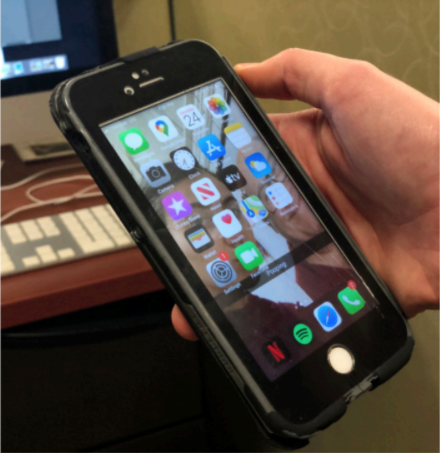Despite the unprecedented outbreak of the COVID-19 pandemic, the continued global rollout of the 5G wireless network looks forward towards a brighter, faster and more connected tomorrow.
By 2024 as many as 24 billion devices are expected to depend on cellular networks, Verizon said, and 5G is the solution.
5G is the fifth and latest generation of wireless cellular infrastructure, which originated in the 1980s with analog voice transmission. 5G launched back in April 2019 and has continued to be implemented globally since then.
The main selling points of the new 5G network are its lower latency, higher stability and capacity in heavy traffic areas, and faster data upload and download speeds.
With more people, businesses and healthcare facilities relying on network coverage, outages such as the ones experienced by California firefighters in 2019 often bring daily life to a grinding halt. However, 5G’s promised higher traffic capacity and stability will greatly decrease the chances of significant outages occurring in the future.
Qualcomm’s 2017 global Economic Impact Report indicated that by 2035, a 5G network could support up to 22.3 million new jobs and potentially enable up to $13.2 trillion dollars of goods and services.
A study by Gartner in 2018 also revealed that around 66 percent of organizations intend to deploy 5G technology by 2020. And, as 5G continues to be implemented across the country, many have already experienced the new network.
Joseph Davis, a voice technical expert for Walmart, has worked designing, implementing and supporting phone systems across the country, virtually, since the start of quarantine back in March.
“Using 5G on my cellular device allows me to do approximately 80 percent of my job from my phone,” Davis said. “Which means I can do my job from anywhere.”
For consumers, 5G will have a new significant impact on their daily lives, from being able to instantly download a 4K movie to streaming anything at any time. 5G will expand cellular and internet coverage around the world, eliminating ‘dead-zones’ and other places that have little to no coverage.
Just like its predecessors, 5G has faced conspiracy theories, such as theories associating 5G with COVID-19, and many of which remain unfounded. Much of the speculation and theorizing around 5G existed before COVID-19 and can be traced back to physicist Bill Curry.
In 2000, Curry published research indicating that wireless frequencies caused brain cancer. This claim was later debunked, as Curry did not take into account the fact that human skin and skull acts as a shield against the frequencies he studied, according to a New York Times article from last year. However, this conspiracy theory is still resurfacing with the new fears of 5G radio waves.
Despite the many conspiracy theories, there remains a lot of hype surrounding the faster and sturdier internet that 5G will bring as its debut continues worldwide.
Photo by Katelyn Miller




